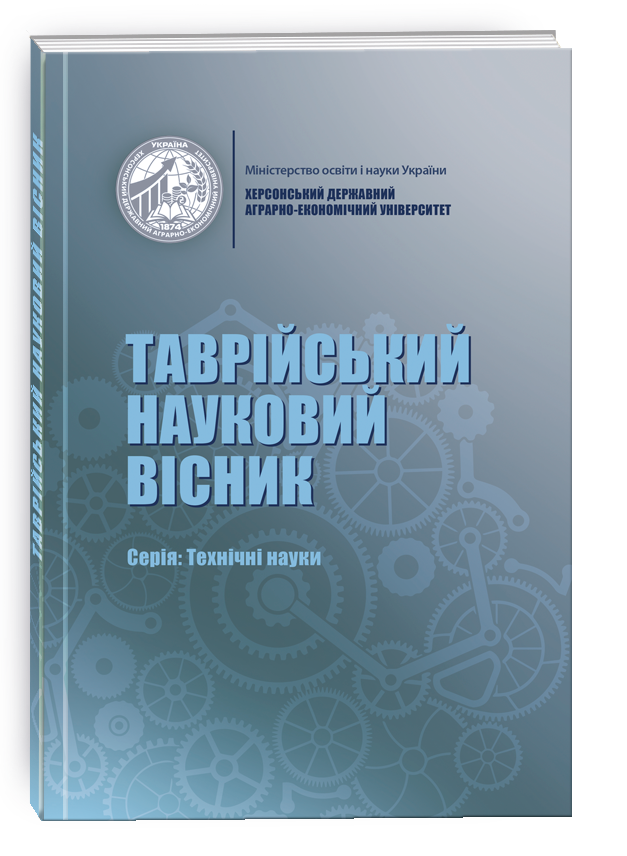FEATURES OF MICROWAVE HEATING EQUIPMENT IN THE HOTEL AND RESTAURANT BUSINESS AND FOOD INDUSTRY
DOI:
https://doi.org/10.32782/tnv-tech.2023.2.16Keywords:
technological equipment, microwave energy, thermal processes, microwave heating, induction fieldAbstract
The article describes the features of the interaction of microwave energy with food raw materials and food products and conducts an analytical review of the application of microwave processing for various technological processes in the food industry and hotel and restaurant business. The paper examines the peculiarities of the interaction of microwave energy with food raw materials and food products and gives an overview of the application of microwave processing for various technological processes in the food industry and the hotel and restaurant business. Despite the number of scientific works devoted to the topic of technological equipment, in particular, microwave heating, in Ukraine this is an insufficiently illuminated topic that requires research, taking into account the current conditions in the national economy. To create more rational technological processes, a combination of microwave heating with other energy carriers is used: steam, hot air, infrared heating, heated fat, vacuum, ultrasound. Heat treatment of food products in the cooking mode is divided into two stages: heating to a set temperature and maintaining this temperature until complete culinary readiness. The stepwise microwave heating method is also used, which ensures a high heating rate and avoids uneven heating of individual areas of the processed products. In this way, the possibility of temperature redistribution is ensured through the thermal conductivity of the material during its thermostating. One of the features of microwave processing is the possibility of rapid and relatively uniform heating of the product throughout the entire volume, which by its nature depends not so much on the thermophysical characteristics of the heated object, but on the presence of moisture in it and the nature of its distribution by volume. The ability of dielectric heating is effectively used in the food industry when defrosting products. Defrosting in the microwave field allows you to speed up the process tenfold and to a large extent preserve the quality of food products. Good results are given by combined methods of defrosting microwave heating with ultrasound, as well as with the method of blowing the product with cold air. The use of microwave heating with other physical methods and energy carriers makes it possible to intensify technological processes, reduce the cost of finished products, as well as increase the nutritional and biological value of raw materials, semi-finished products and finished products.
References
Мазаракі А.А. Технологія харчових продуктів функціонального призначення. Київ : КНТЕУ. 2012. 1116 c.
Львович И.Я. Перспективные тренды развития науки: техника и технологии. Одеса : Куприенко С.В., 2016. 197 c.
Antiushko D., Bozhko T., Shapovalova. Nutritional value of a dry soluble gerodietetic product for enteral nutrition. Eastern-European Journal of Enterprise Technologies. 2021. № 5. С. 35–42.
Черевко О.І. Інноваційні технології харчової продукції функціонального призначення. Харків : ХДУХТ, 2017. 591 c.
Yatsenko V.M. Financial-economic and innovative support of entrepreneurship development in the spheres of economy, tourism and hotel-restaurant business. Agenda Publishing House, Coventry, United Kingdom. 2017. 619 c.
Гамаюмова В.В. Інноваційні технології в житті сучасної людини. Ч. 3: Серія монографій Одеса : Купрієнко С.В., 2020. 209 с.
Преображенський А.П. Рівень розвитку техніки і технологій в ХХI столітті. В 2 частинах. Частина 1: Серія монографій. Одеса : Купрієнко С.В., 2019. 227 с.
Львович И.Я., Некрасов В.А., Преображенський А.П. Перспективні тренди развитку науки: техніка і технології. Одеса : Купріенко С.В., 2016. 197с.
Чепурда Г.М. Стратегії сталого розвитку в туризмі та готельно-ресторанному бізнесі: можливості і проблеми запровадження в Україні. Черкаси : ЧДТУ, 2021. 189 с.
Brovenko T.V., Antonenko A.V. and others. Wissenschaft für den modernen Menschen: wirtschafts, management, marketing, tourismus, rechts und politikwissenschaften. Monografische Reihe “Europäische Wissenschaft”. Buch 4. Teil 6. 2021.
Криворучко М.Ю. Структурно-механічні властивості прісного тіста з борошна пророщеного зерна пшениці. Міжнар. наук.-практ. журн. «Товари і ринки». 2012. № 1. С. 82–88.
Михайлик В.С. Технологія та якість печива зі шротами олійних культур. Харчова наука і технологія: науково-виробничий журнал. 2016. № 1. С. 72–77.
Антоненко А.В. Борошно з пророщеного зерна вівса як основа для борошняних кондитерських виробів. Наукові праці Одеської національної академії харчових технологій. 2014. № 46 (1). С. 149–153.
Земліна Ю.В. Технологія борошняних страв на основі нетрадиційної сировини. Науковий журнал «Вчені записки» ТНУ ім. В.І. Вернадського. Серія «Технічні науки». Том 30 (69). 2019.






